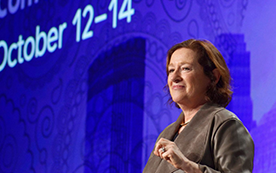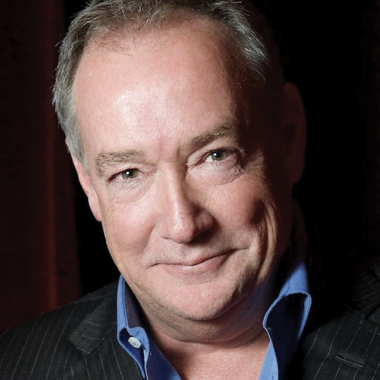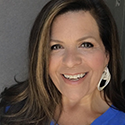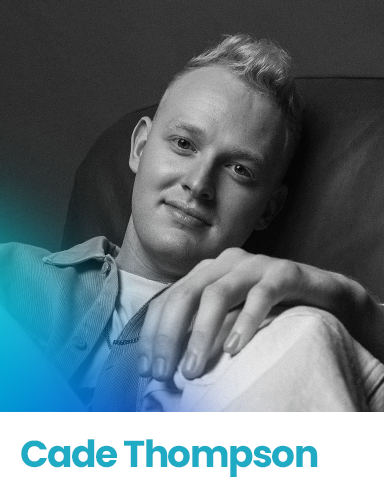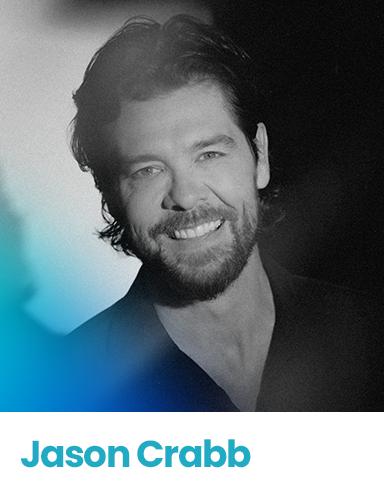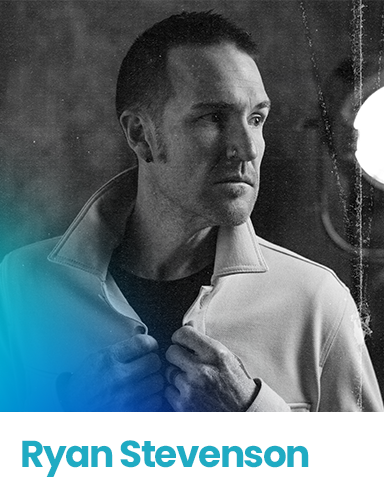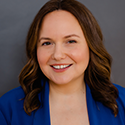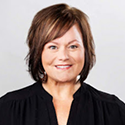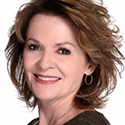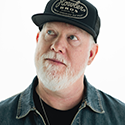
Time To Redefine Radio Demos?
Dan Mason is currently a partner at Seventy Six Capital but radio remains in his DNA. The former head of CBS Radio says Nielsen should rethink how it carves up the audience demographically. In an open letter to the ratings company posted on LinkedIn, Mason says “it’s time (and long overdue) to rethink radio demographics categories.” A realignment, he says, “would give advertisers a more defined target and at the same time reflect a realistic change in who uses radio in 2023.”
Specifically, Mason proposes redefining three demographic categories to better reflect radio usage today. Starting near the bottom of the spectrum, he suggests expanding the 12-17 demo to 12-19. “I mean, what is the difference in a 16 year old and an 18 year old?” he asks. Under the Mason Doctrine, 18-49 would downsize to 20-40 and 25-54 would age up to 41-64. Note how the demographic cliff that currently ends at age 54 would shift to 64, thereby adding a slew of core radio listeners.

“The suggested changes, in my opinion, would give advertisers a more defined target and at the same time reflect a realistic change in who uses radio in 2023 verses 1970 when these categories were probably created,” Mason writes. “The current outdated demos seriously understate the purchasing power of 55-64 year olds. The new suggested demos incorporate that.”
Mason’s connections on the social media site like the idea. Calling 35-64 “the economic sweet spot for radio now,” Keith Cunningham, Program Director at Meruelo Media heritage rocker KLOS Los Angeles, says agencies prefer the 25-54 demo because “it’s an impossible demo to truly target with programming, so it’s therefore more difficult to have a higher Avg. Rating, which helps agencies get a [lower] CPP, and they target on a narrower cell inside the demo, but don’t always disclose that.” However, Cunningham believes it would require ad agencies to change the demos they want to buy in order to persuade Nielsen to reconfigure its demos.
Mark Chernoff, the longtime programming exec who worked with Mason at CBS Radio, agrees it’s time for demos to be updated. “Many media buyers are young and aren’t realizing that stations that do well in the upper demos should be ‘bought’ as those listeners are buying cars, going to banks,” Chernoff comments.
“Dan’s on the right path,” says Tom Langmyer, President/CEO of Great Lakes Media Acquisition & Advisory Group and a former radio manager and programmer. “A properly defined set of target demos and actually serving them content that’s commonly and separately relevant to each, are the two ingredients we need to RETHINK,” he writes.
Angie Balderas, Senior VP/GM at Entravision Communication in Sacramento, notes the absurdity of the 25-54 demo, one that has been called a family reunion and not an actual demographic. “25-year-olds are starting a family while 54 year-olds are sending kids off to college,” she says. “There is life after 54 and buying power too! Bonus they are loyal to radio!”
Calling it a broken demo, Daryl O’Neal, CEO of Recharge Media, says the “new agencies rely on old demos, driven in part by new highly targeted forms of digital media.”
And Bridge Ratings President & CEO Dave Van Dyke says his company is finding that audience breakouts are tighter that what Mason proposes, “based on life group, media consumption and spending levels.”
Best known for a 20-year stretch as President & CEO of CBS Radio, Mason is the former chairman of VSiN and currently serves on the board of directors of The Broadcasters Foundation of America.

